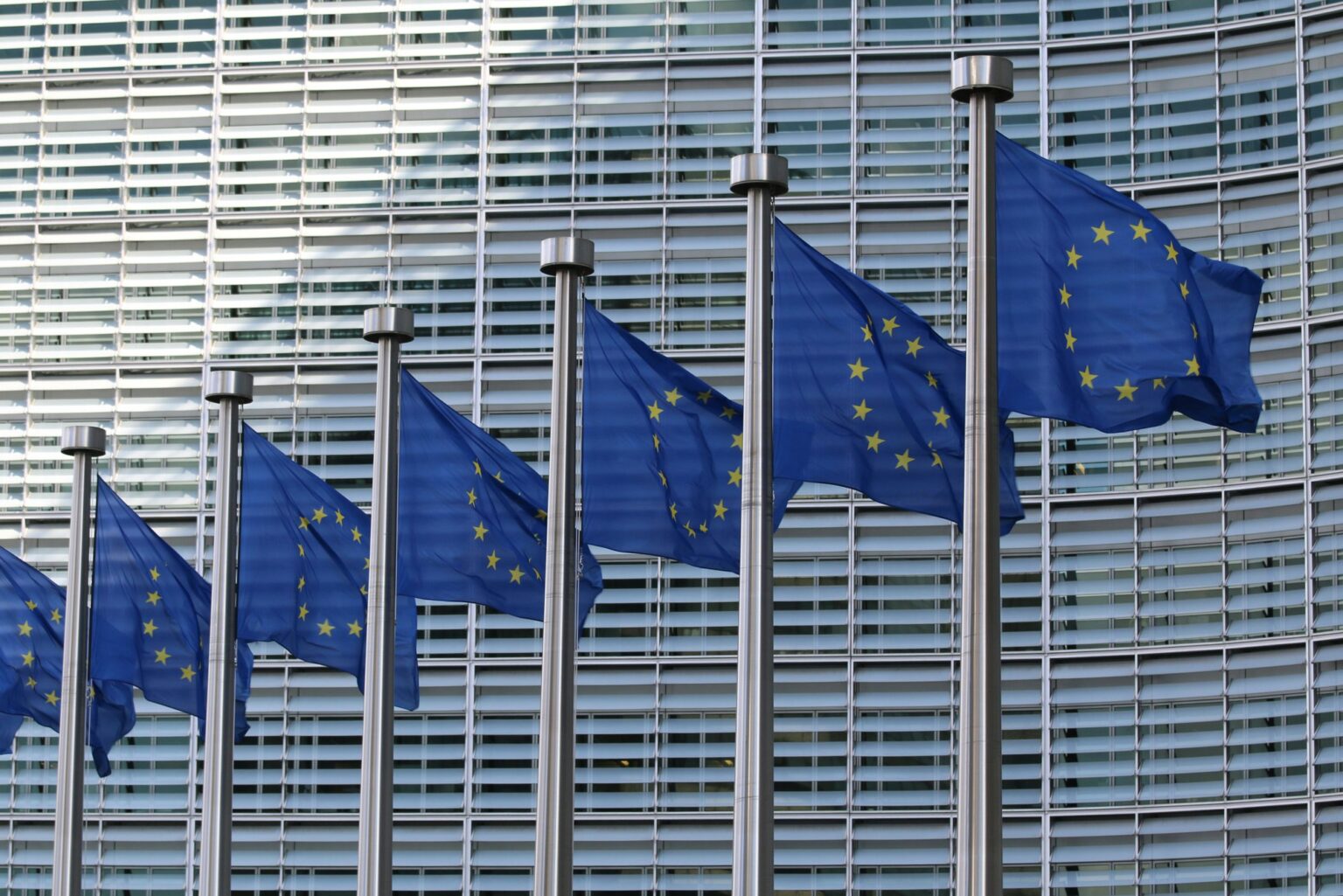The European Commission and the High Representative have unveiled “Preserving Peace; Defence Readiness Roadmap 2030.” It is a five-year push to close Europe’s most urgent capability gaps and to make the Union ready for deterrence and defence by 2030. The plan highlights a pan-European counter-drone layer within two years, an Eastern Flank Watch, and the build-up of a European Air Shield and Space Shield. It also calls for much more joint procurement and tighter EU-NATO interoperability.
Why this matters now
The roadmap recognizes a harsher threat landscape, from conventional conflict to hybrid attacks. It calls on Member States to invest more, to invest together, and to invest in European industry. Countries are invited to form capability coalitions by early 2026 and to launch projects in all priority areas. A key shift is the move from mostly national purchases to a target of at least 40 percent joint procurement by the end of 2027. This can improve interoperability, lower unit costs, and give the industry the confidence to scale.
The strategic levers
- Flagship programmes with deadlines. The EU proposes a European Drone Defence Initiative and an Eastern Flank Watch that start in early 2026, with initial operating capability in the same year. Air and Space Shields follow. These are meant to be open, multinational, and closely aligned with NATO command and control.
- Demand aggregation at scale. Brussels wants countries to converge on joint buys, to grow the EU share of defence investment, and to channel orders through EU instruments such as SAFE, EDIP, and EDF so factories can ramp and supply chains can be secured.
- Industrial readiness, not just spending. The roadmap ties budget to tangible outputs, such as shorter lead times, more production lines, workforce reskilling, and better access to critical raw materials.
The uncomfortable truth
Defence customers do not always know exactly what to buy or build until missions and threats are described with precision. That is normal when technology evolves faster than requirements processes. The EU’s answer is to encourage capability coalitions, to publish annual readiness reporting, and to tighten the loop between military need and industrial capacity. Procurement will produce real readiness only if requirements become mission-outcome centric rather than platform centric.
Sentyron’s point of view
Sentyron supports the push for joint procurement and shared standards. That’s because Europe will only turn rising defence budgets into real readiness if joint procurement is anchored in clear mission outcomes and executed through interoperable R&D partnerships. Start by defining the effect to achieve, measuring what matters, and scaling what works through joint buys.
This is Sentyron’s expertise. We have worked in strategic partnership with the Dutch defence ecosystem to make R&D deliver evidence; designing trials, generating proof points, and informing procurement so programs move from ambition to verified capability.
Bottom line
The EU roadmap is right to prioritize joint procurement and interoperability. The winning move is to anchor purchases in mission outcomes and to run rapid learning loops. That is how Europe avoids bespoke systems that do not scale or connect. Sentyron is ready to help capability coalitions and national ministries define outcomes, architect interoperability, and prove performance, so every euro of joint buying power turns into actual readiness.
Are you interested in knowing more about our take on the Dutch strategy? Read the following article on how The Netherlands strengthens it’s cyber defense strategy.
